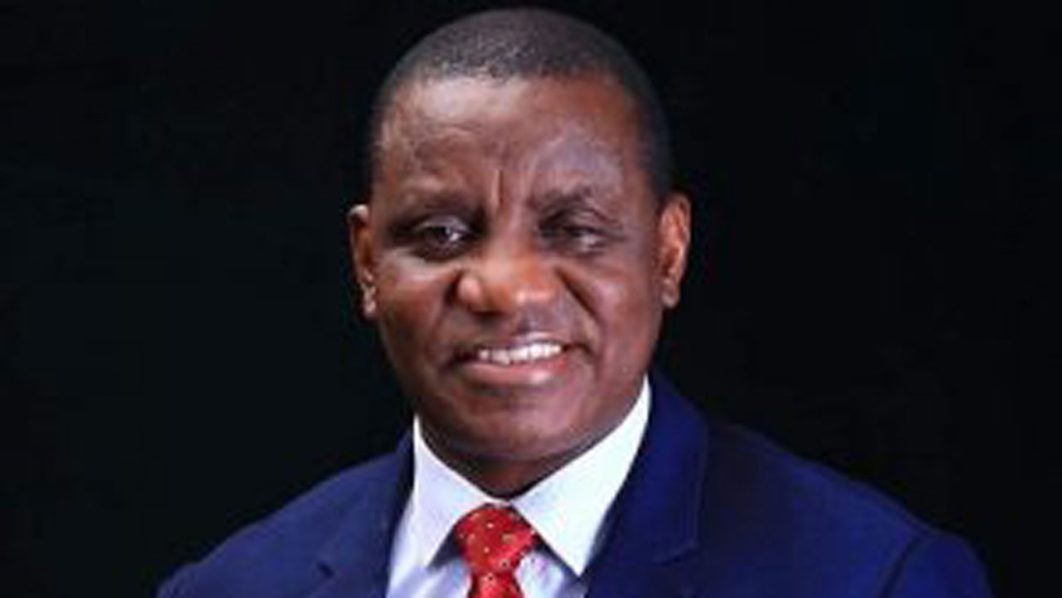
Africa is, collectively, fast becoming a giant and a force to be reckoned with on matters of intra-country trade and economic growth. It is poised to dominate the list of the world’s fastest growing economies in 2024. Earlier this year, the African Development Bank (AfDB) in its bi-annual Africa Macroeconomic Performance and Outlook Report projected that the continent will account for eleven of the world’s 20 fastest growing economies this year.
Overall, the continent’s real gross domestic product (GDP) growth for the year is projected to average 3.8 percent and 4.2 percent in 2025.
The estimates are higher than the projected global averages of 2.9 percent and 3.2 percent of 2024 and 2025, respectively.
“Growth in Africa’s top-performing economies has benefitted from a range of factors, including declining commodity dependence through economic diversification, increasing strategic investment in key growth sectors and rising both public and private consumption, as well as positive developments in key export markets,” said AfDB President, Akinwumi Adesina. Simply put, intra-trade is working in and for Africa. The continent’s decades of heavy-reliance on debt and aid from foreign sources is gradually and steadily being overwritten.
Strides are made on enhancing private sector-led production and nations’ integration for ease of doing business. Footprints of the continent’s products and services are equally traced beyond. In its 2023 annual report, the African Union Development Agency (AUDA) – Nepad—the AU’s arm mandated to coordinate and execute priority regional and continental projects to promote regional integration—intra- Africa exports increased to 16 percent.
Its Chief Executive Officer Nardos Bekele-Thomas says as a feeder into the continent’s trade and commerce drive, industrialisation remains essential. “We need broad-based growth. That is why industrilisation is critical and very important.
We need to do manufacturing and to industrialise. “That is where the whole aspect of the value chain or the supply chain we are talking about; identifying the growth pillars and making sure that this supply chain and value chain are not only at national level, but also at regional level but also at continental level,” With the African Continental Free Trade Area (AfCFTA)—the continent’s single biggest trading bloc and one of the AU flagship projects for implementation of its ‘Agenda 2063: The Africa We Want,’— all the 55 member states are brought together in an intra- African continental free trade area. It would create a market of more than 1.
3 billion people and a combined gross GDP of up to $3.4 trillion. If fully implemented, the AfCFTA could leverage intra- African trade and increase trade among member states by up to 110 percent.
In addition, the AfCFTA could lift up to 30 million people out of extreme poverty and up to 68 million people out of moderate poverty. “By eliminating trade barriers to trade across Africa, the impact of the AfCFTA is expected to be significant and transformative,” reads the AUDA-Nepad annual report. The pact ensures creation of decent jobs, inclusive growth and sustainable development.
AfCFTA Secretary General Wamkele Mene said while there could be concerns of domestic economies positioning in the wake of the AfCFTA take-off, the objective remains creating a single market in the best interest of all. He said countries have made headways in eliminating and reducing barriers to intra-Africa trade and investment. “As Africans we must be extremely proud of what we have achieved over the last four years.
We have reached consensus on extremely difficult and complicated industrial policy questions, microeconomic question which some parts of the world have not been able to achieve in over 20 years. “Because of the determination of our private sector and the political will of our leaders, we have been able to achieve much. We would want to see more flows in terms of trade and services sector.
But at least at law, we are miles ahead,” Mene said. More than 47 countries have ratified the agreement, moving towards liberalising Africa trade by using rules of the continental free-trade pact. Already, in 2023, about seven countries started trading under the AfCFTA’s guided trade initiative—a pilot initiative which gives room to member states to conduct trade without charging each other customs duties.
About 31 more were earmarked to start trading this year..














